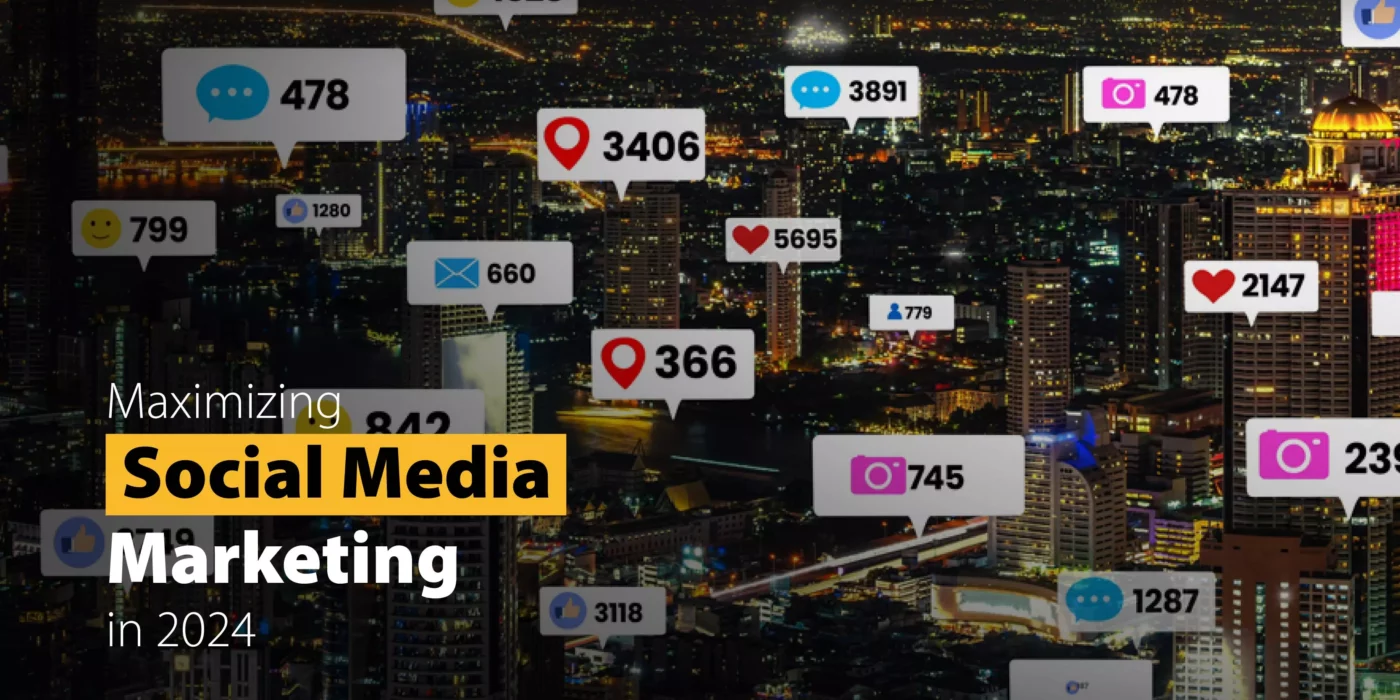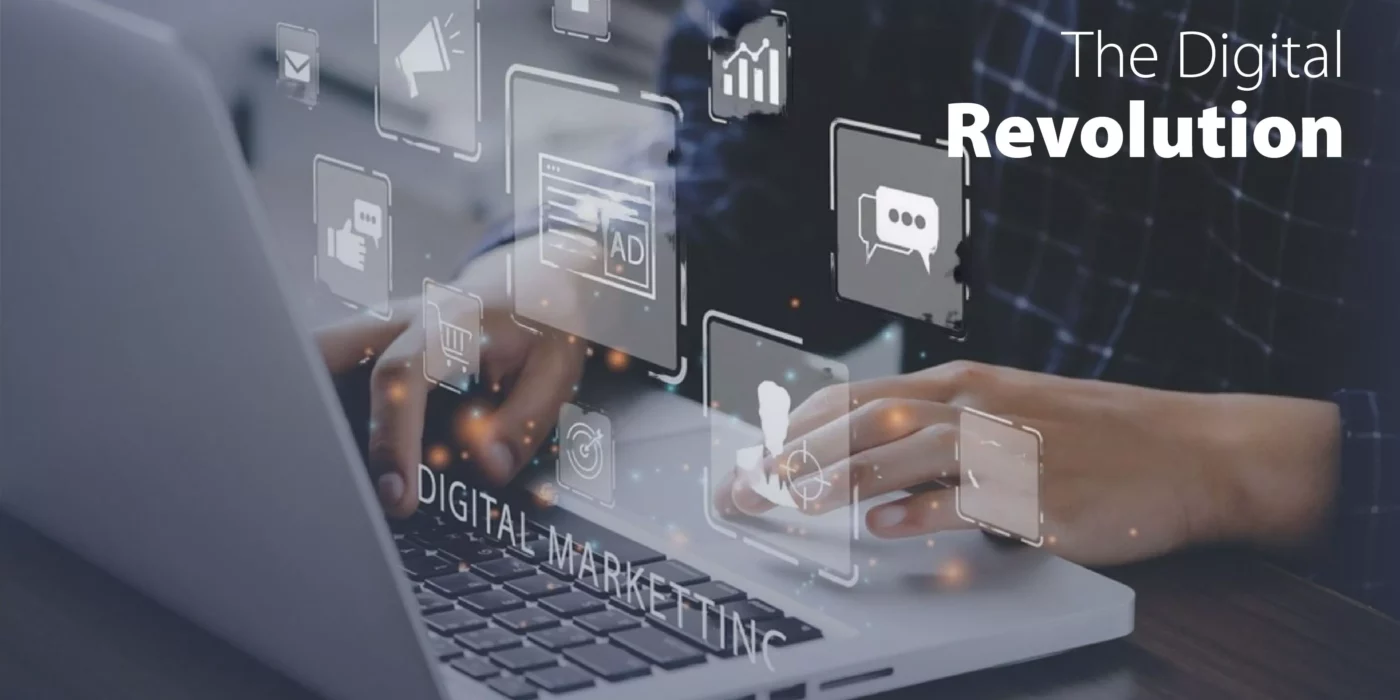writted by @OTDP
Maximizing Social Media Marketing in 2024: A Comprehensive Guide with Indian Brand Examples
Maximizing Social Media Marketing in 2024: A Comprehensive Guide with Indian Brand Examples
Introduction
Social media has evolved significantly over the years, and as we step into 2024, it continues to be a powerful tool for businesses to connect with their audience and drive engagement. With a plethora of platforms available, each with its unique features and user demographics, crafting a successful social media marketing strategy requires a tailored approach. In this blog, we will delve into the major social media platforms and provide insights into their usage, along with real-life examples from Indian brands.
Facebook: Building Communities
Usage: Facebook remains one of the largest social media platforms globally, making it an ideal choice for building and nurturing communities. Brands can create groups related to their niche or industry and engage with their target audience.
Example: Myntra, an Indian fashion e-commerce platform, has a vibrant Facebook group called “Myntra Insiders” where customers discuss fashion trends, share outfit ideas, and seek advice. Myntra actively participates in these conversations, fostering a sense of belonging among its customers.
Instagram: Visual Storytelling
Usage: Instagram is all about visual storytelling. Use stunning images and short videos to showcase your brand’s personality and products. Leverage features like Stories, Reels, and IGTV for creative content.
Example: Amul, an iconic Indian dairy brand, excels on Instagram by sharing eye-catching visuals of their products and running engaging campaigns like #AmulTopical, where they leverage current events and trends to create humorous and relatable content.
Twitter: Real-time Engagement
Usage: Twitter is perfect for real-time engagement and quick updates. Use hashtags strategically to join conversations and showcase your brand’s personality. Encourage customer feedback and respond promptly.
Example: Zomato, India’s leading food delivery platform, excels on Twitter by using witty and humorous posts. They actively respond to customer queries and complaints, maintaining a strong online presence.
LinkedIn: Professional Networking
Usage: LinkedIn is the go-to platform for B2B marketing and professional networking. Share industry insights, thought leadership articles, and connect with professionals in your field.
Example: Infosys, a global IT services company, uses LinkedIn to share informative content about technology trends, innovation, and leadership. This enhances their reputation as industry leaders.
YouTube: Video Content Hub
Usage: YouTube is the platform for video content. Create informative tutorials, product demos, and entertaining videos that resonate with your audience. Optimize videos for search to increase visibility.
Example: Nykaa, a popular Indian beauty and cosmetics retailer, utilizes YouTube to offer makeup tutorials, skincare routines, and product reviews. Their videos are not only informative but also promote their products effectively.
Pinterest: Visual Discovery
Usage: Pinterest is a visual discovery platform where users seek inspiration. Create visually appealing pins and boards related to your niche. Use keywords in descriptions to enhance discoverability.
Example: FabIndia, an Indian retail brand known for traditional handicrafts and textiles, maintains a strong presence on Pinterest. They curate boards showcasing ethnic fashion trends, home decor ideas, and sustainable living, attracting users looking for inspiration.
Conclusion
In 2024, social media marketing remains an integral part of a brand’s digital strategy. To succeed, businesses must understand the unique features and user behavior of each platform. By tailoring content and engagement strategies to suit these platforms, Indian brands like Myntra, Amul, Zomato, Infosys, Nykaa, FabIndia, and Parle-G have set remarkable examples of how to effectively utilize social media for marketing purposes. Remember, staying adaptable and keeping up with evolving social media trends will be key to continued success in this dynamic landscape.



